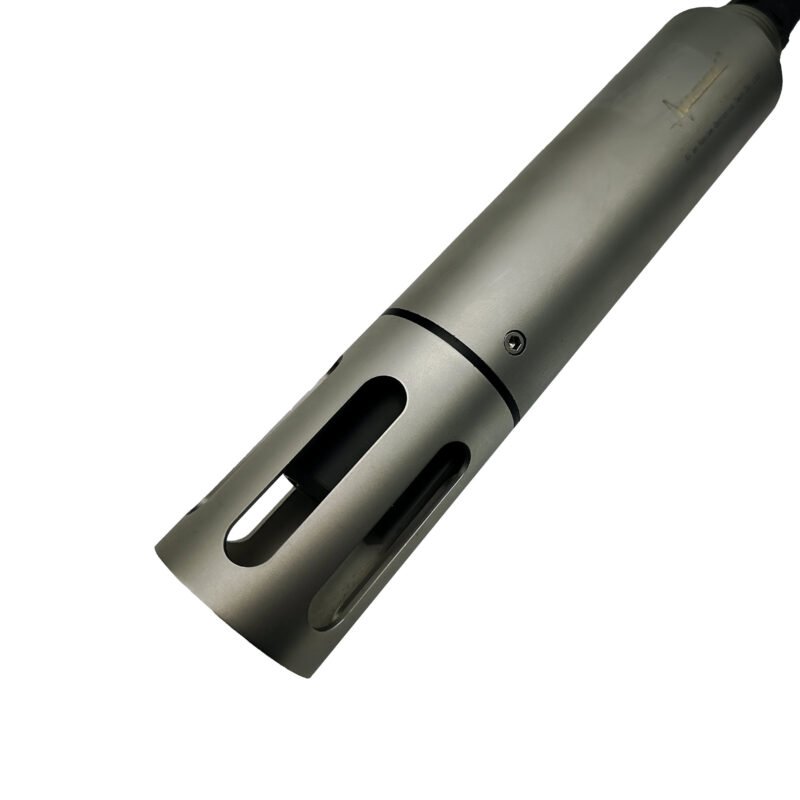In today’s fast-paced world, time is of the essence. Everyone is looking for ways to streamline their processes and increase efficiency. The same applies to Dissolved Oxygen (DO) analysis. Accurate DO measurement is critical in various industries, including wastewater treatment, aquaculture, and biotechnology. However, traditional DO analysis methods are often time-consuming and prone to errors. That’s where the KFDO300 DO sensor comes in. In this blog post, we’ll discuss how the KFDO300 DO sensor can help streamline your DO analysis.

Firstly, let’s talk about the traditional DO analysis methods. These methods require a significant amount of time and effort. The typical process involves taking a water sample, adding reagents, and waiting for a chemical reaction to occur. The reaction produces an electrical current that is proportional to the DO concentration in the sample. The process can take up to 30 minutes to complete, and there is always a risk of errors due to human error or interference from other substances in the sample. The KFDO300 DO sensor eliminates the need for most of these steps. The sensor uses an optical method to measure the DO concentration in real-time. The sensor measures the fluorescence of a probe coated with a special material that is sensitive to oxygen. The more oxygen present, the less fluorescence is emitted. The sensor converts the fluorescence into a DO concentration reading, which is displayed on the sensor’s built-in screen. The process takes less than 10 seconds to complete, saving you valuable time.
The KFDO300 DO sensor is also highly accurate. The sensor is calibrated at the factory before shipping, ensuring that you get accurate readings right out of the box. The sensor has a measurement range of 0-20 mg/L, which covers the range required for most applications. The sensor also has a resolution of 0.01 mg/L, providing precise and reliable measurements. The KFDO300 DO sensor is also easy to use. The sensor is designed to be plug-and-play, meaning that it requires no special training or expertise to operate. The sensor comes with a user manual that provides step-by-step instructions on how to use the sensor. The sensor is also compatible with most process control systems, making it easy to integrate into your existing system.
Another advantage of the KFDO300 DO sensor is its low maintenance requirements. Traditional DO analysis methods require frequent calibration, cleaning, and replacement of the reagents. The KFDO300 DO sensor, on the other hand, requires no reagents and has a long service life. The sensor is also easy to clean, with a self-cleaning function that removes any fouling on the probe’s surface. Finally, the KFDO300 DO sensor is cost-effective. Traditional DO analysis methods require the purchase of reagents and equipment, which can be expensive. The KFDO300 DO sensor, on the other hand, requires no reagents and has a long service life, reducing the overall cost of DO analysis.
In conclusion, the KFDO300 DO sensor is a game-changer for DO analysis. The sensor is fast, accurate, easy to use, low maintenance, and cost-effective. It is suitable for a wide range of applications, including wastewater treatment, aquaculture, and biotechnology. If you’re looking to streamline your DO analysis, the KFDO300 DO sensor is the way to go. Visit the KC Sensor website to learn more about the KFDO300 DO sensor and how it can help you optimize your processes.